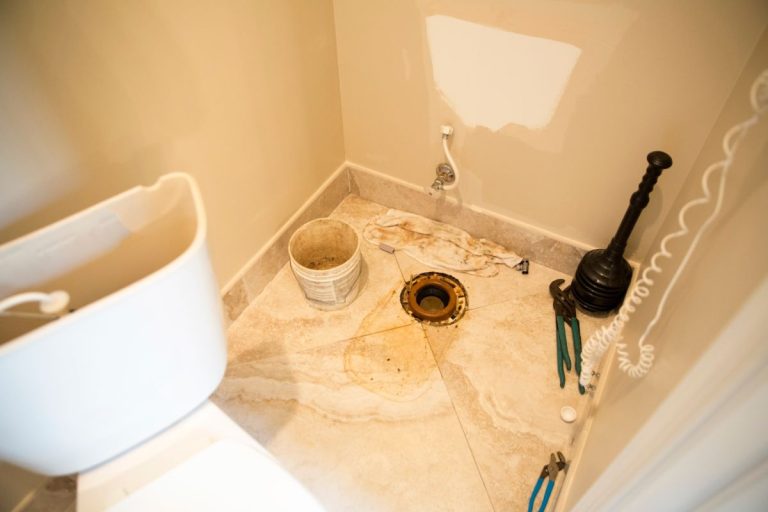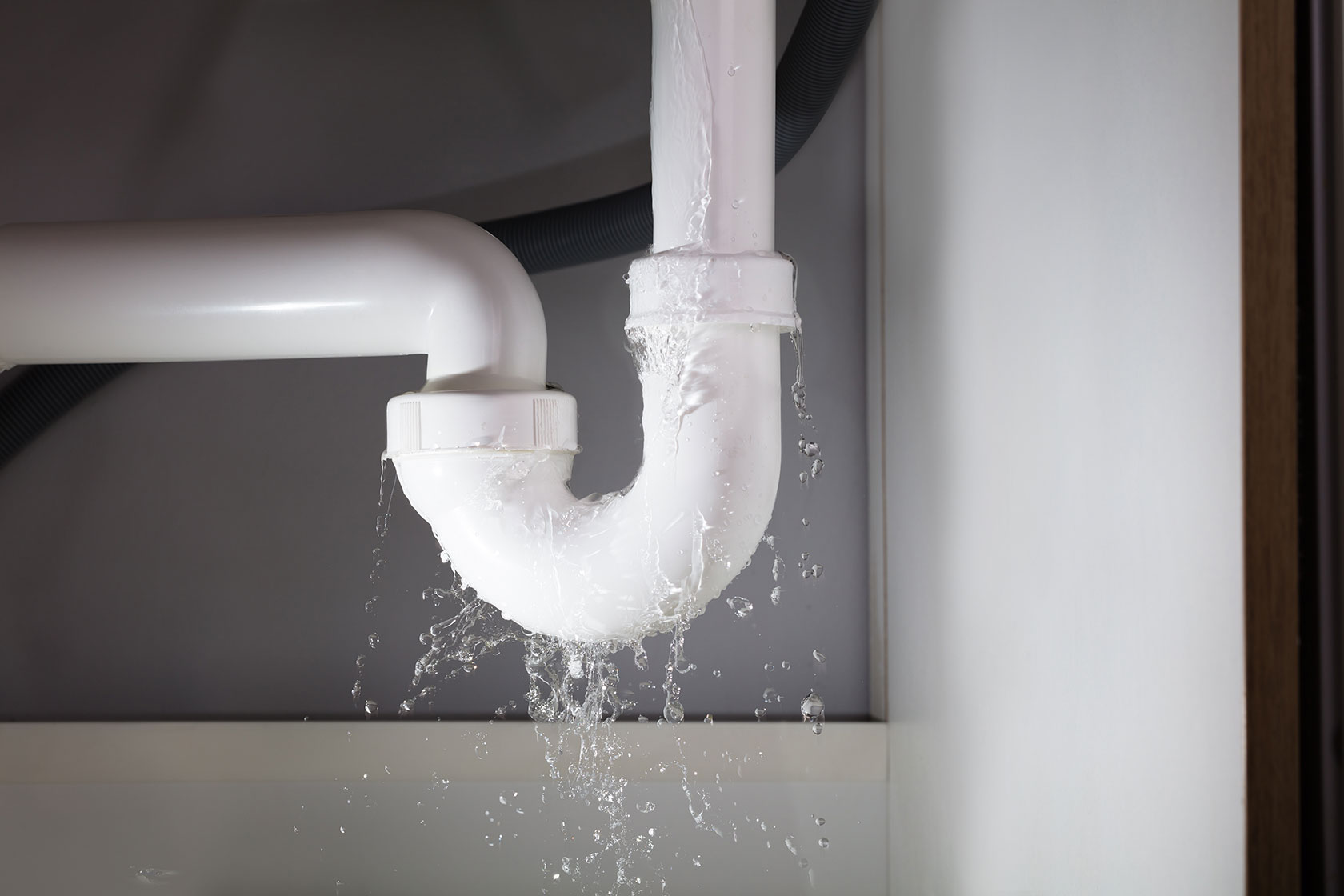Repairing the Leak

Repairing a bathroom floor leak is crucial to prevent further damage to your home and ensure a safe and functional bathroom. Depending on the severity of the leak and the location of the damage, different repair methods can be employed.
Patching and Sealing
Patching and sealing are effective methods for repairing minor leaks and cracks in the bathroom floor. Waterproof sealant, a durable and flexible material, can be used to seal cracks and gaps, preventing water from penetrating the floor. To apply sealant, ensure the surface is clean and dry. Then, apply the sealant evenly to the affected area, ensuring it fills all cracks and gaps. Allow the sealant to dry completely before applying any additional coatings or finishes.
Replacing Damaged Components
If the leak is more significant and involves damaged components like floor tiles or grout, replacement is necessary. Replacing damaged tiles involves carefully removing the damaged tile, ensuring the surrounding tiles remain intact. Apply a layer of thin-set mortar to the area where the new tile will be placed, ensuring it is level and smooth. Carefully position the new tile, pressing it firmly onto the mortar. Allow the mortar to cure completely before grouting. Replacing damaged grout involves removing the old grout with a grout removal tool. Once the old grout is removed, clean the area thoroughly. Apply new grout using a grout float, ensuring it fills all gaps between the tiles. Allow the grout to cure before sealing it with a grout sealant.
Preventing Future Leaks, Leak in bathroom floor
Preventing future leaks in the bathroom requires a proactive approach. Regularly inspecting plumbing fixtures for leaks and ensuring proper sealing around tubs, showers, and sinks can help prevent water damage. Additionally, maintaining a well-ventilated bathroom helps reduce moisture buildup, minimizing the risk of leaks.
Preventing Future Leaks: Leak In Bathroom Floor

Leak in bathroom floor – While a bathroom floor leak can be a frustrating experience, taking proactive steps can significantly reduce the risk of future occurrences. Understanding the common causes of leaks and implementing preventative measures can save you from costly repairs and water damage in the long run.
Regular Maintenance for Plumbing Fixtures and Appliances
Regular maintenance is crucial for preventing leaks. Neglecting maintenance can lead to worn-out parts, corrosion, and eventual failure, resulting in leaks.
- Inspect and tighten faucet handles and showerheads regularly. Loose or worn-out handles and showerheads can cause leaks. Tighten them periodically and replace any worn-out parts.
- Check for leaks around toilet flappers and tanks. These components are prone to wear and tear. Regularly inspect for leaks and replace them if necessary.
- Inspect and clean drain traps. Clogged drain traps can lead to overflows and leaks. Clean them regularly to prevent clogs and ensure proper drainage.
- Check for leaks around supply lines and pipes. Over time, supply lines and pipes can develop leaks due to corrosion or wear. Inspect them regularly for signs of leaks and replace them if necessary.
Benefits of High-Quality Materials and Installation
Using high-quality materials and proper installation techniques for bathroom flooring can significantly minimize the risk of leaks.
- Choose waterproof flooring materials. Water-resistant or waterproof flooring options like tile, vinyl, or engineered wood can withstand moisture and prevent water from seeping through the floor.
- Use a quality sealant around the tub or shower area. A good sealant creates a waterproof barrier that prevents water from seeping under the flooring.
- Ensure proper installation of flooring and subfloor. Proper installation involves using the right materials and techniques to create a solid and waterproof base for the flooring.
- Hire a qualified and experienced plumber and contractor. Experienced professionals can ensure proper installation of plumbing fixtures and appliances, minimizing the risk of leaks.
Bathroom Leak Prevention Checklist
A regular inspection and maintenance checklist can help prevent bathroom leaks.
| Item | Inspection and Maintenance |
|---|---|
| Faucet Handles and Showerheads | Tighten handles and inspect for leaks. Replace worn-out parts. |
| Toilet Flappers and Tanks | Inspect for leaks and replace worn-out parts. |
| Drain Traps | Clean regularly to prevent clogs and ensure proper drainage. |
| Supply Lines and Pipes | Inspect for leaks and replace worn-out parts. |
| Flooring and Subfloor | Check for signs of water damage and repair any leaks promptly. |
| Sealant around Tub or Shower | Inspect for cracks or gaps and reseal as needed. |
A leak in your bathroom floor can be a major headache, leading to water damage and costly repairs. If you’re considering a bathroom remodel, a master bathroom floor plan of 10×10 might be a good starting point. Master bathroom floor plans 10×10 offer a good balance of space and functionality, making them ideal for smaller bathrooms.
Regardless of the size, a well-designed bathroom floor plan can help prevent future leaks and ensure a long-lasting, beautiful space.
A leak in your bathroom floor can be a major headache, causing damage and potential mold growth. If you’re considering a new floor for your bathroom, engineered wood flooring suitable for bathrooms can be a great option. It’s durable, stylish, and with proper installation and maintenance, can withstand the moisture and humidity of a bathroom environment.
Remember, even with a durable floor, addressing the source of the leak is crucial to prevent further damage.